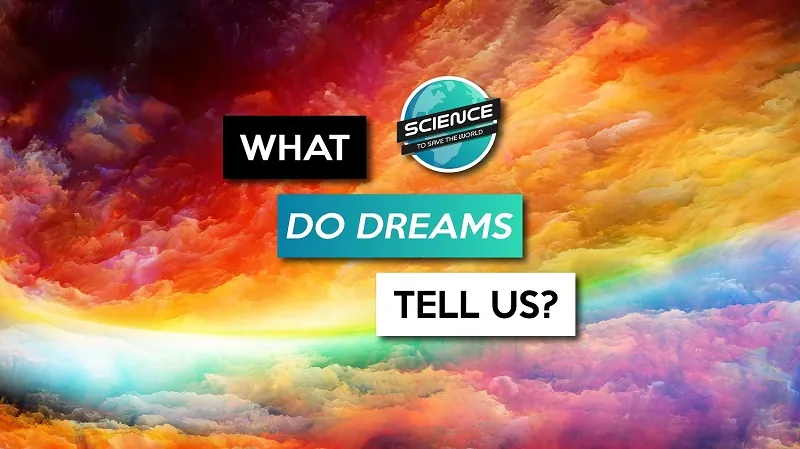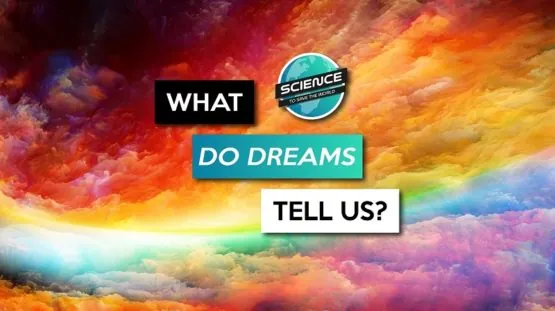On this episode of Science to Save the World, Lifespan.io’s general science show, we discuss the true purpose of dreaming and how it might allow us to form broader connections within our brains.
Script
There are many theories as to why we dream, but ultimately dreaming remains a mystery in neuroscience. Many theories treat dreaming as a side product of the process of sleep. But is it possible that the point of dreaming is the dreams themselves?
Much of our lives is filled with repetitive and monotonous moments. Brushing our teeth, going to the bathroom, repetitive work tasks… Is it possible that fantastical dreams evolved to “rise above” this monotony and allow us to learn better?
In a new paper published in the journal Patterns, Erik Hoel, a neuroscientist and assistant professor at Tufts University, puts forth this general hypothesis. Imagine a dream about floating on the African Queen down a steaming jungle river to a decrepit outpost hotel with, improbably, a luxurious bed with crisp, white Italian sheets. Dreams like this may actually help the mind to make broader connections.
Hoel’s theory suggests that human brains do this in a way similar to that in which artificial intelligence systems learn. So, do AI actually dream… of electric sheep?
Google’s Deep Dream has been “dreaming” since 2015 by conjuring up trippy and strange images. Deep neural networks, a specific form of AI, have been modeled after the way the brain works. The deep neural network is fed data, such as images of dogs and paintings, in what could metaphorically be looked at as an “awake” state.
During a subsequent “sleep” state, Deep Dream processes what it has seen, looking for emergent patterns and producing a new photo with these patterns connected in novel ways. This AI “dreaming” is an example of the system generalizing what it’s already learned, allowing for broader connections than the sample set it has seen. This allows the deep neural network to avoid a common problem called over-fitting.
When an AI becomes too familiar with the specific data it’s trained on, it starts to assume the training set is a perfect representation of anything it might have come across. Scientists discourage a deep neural network from overfitting by introducing chaotic data to “keep it on its toes”.
Hoel suggests this very closely matches what the brain is doing with dreams. He argues that when our brains become too familiar with our mundane daily “training set”, our dreams make our understanding of the world more complex and well-rounded. Hoel views dreaming as a biological form of chaotic data that evolved to help us explore and connect new patterns and scenarios that are outside our limited daily data set.
He says that existing neuroscientific research on dreams already fits well with this new idea. For example, research shows that the most reliable way to prompt dreams about a topic is to repetitively perform a new task while you are awake. Hoel argues that overtraining on a novel task triggers overfitting and our brains attempt to generalize by creating dreams to be able to further connect and learn in a broader way.
This is still an early hypothesis, and his paper puts forward a set of experiments with testable predictions to be carried out both in biology and through deep neural networks as models to determine if this is really why we dream. Hoel also suggests that novels and TV shows also may be acting as dream substitutions. Theraputic possibilites may follow from this hypothesis, including possible help for the sleep-deprived.
Hoel proposes an example of a dreamlike virtual reality experience that could be given to a fighter pilot who has to be awake for a very long time. This technique may be able to alleviate some of their mental exhaustion and restore mental acuity.



